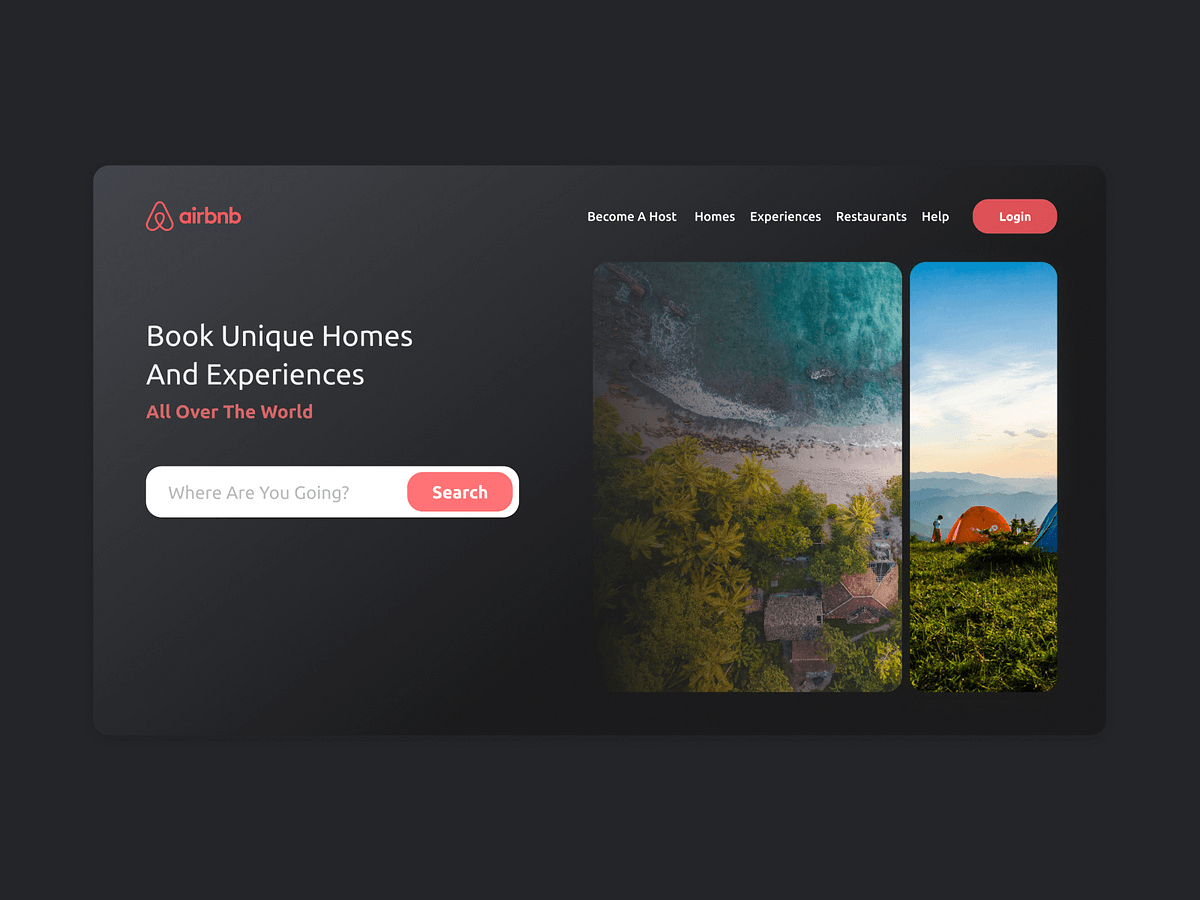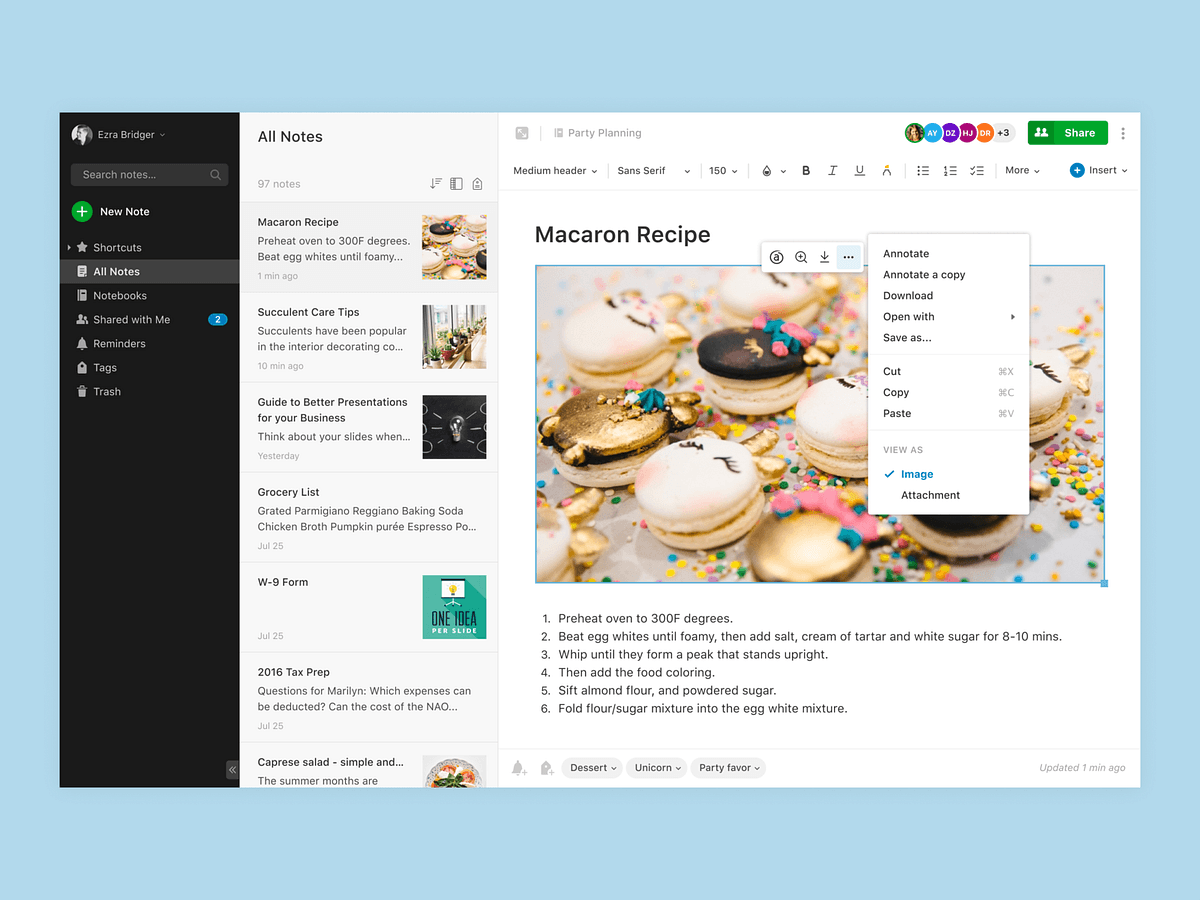The battle for online visibility is more competitive than ever. With millions of websites vying for attention, standing out from the crowd can feel like an uphill struggle. For businesses and brands, being easily found online is crucial for attracting new customers and building a loyal following.
But what if your online visibility issues stem not from a lack of effort, but from the very design of your website?
Your website is often the first interaction potential customers have with your brand. Within seconds, visitors form an opinion about your business based on the look and feel of your site.
A dedicated website development service can captivate and engage users, leading to longer visit durations and higher conversion rates. Conversely, a poorly designed site can drive potential customers away, damaging your brand’s credibility and costing you valuable business.
In this blog, we’ll explore the profound impact that website design has on your brand’s online visibility. From the initial impression to user experience and beyond, we’ll delve into why design matters and how it can either elevate or hinder your brand’s presence on the internet.
We’ll also provide practical tips and insights on how to enhance your website design, ensuring that your brand not only gets noticed but also leaves a lasting, positive impression.
The Importance of Online Visibility
Online visibility refers to how easily potential customers can find your brand on the internet. It encompasses everything from search engine rankings and social media presence to online advertising and content marketing.
In an era where consumers increasingly turn to the internet to find products, services, and information, ensuring your brand is visible online is no longer optional—it’s essential.
The significance of online visibility cannot be overstated. High visibility means more traffic to your website, which can lead to increased brand awareness, customer engagement, and ultimately, sales.

When your brand consistently appears in relevant search results, on social media platforms, and within online communities, it establishes credibility and trust with your audience and ignites the profit-generation process.
Customers are more likely to purchase from brands they recognize and perceive as authoritative in their industry.
However, the consequences of poor online visibility are equally impactful. If your brand struggles to be found online, you miss out on countless opportunities to attract and convert potential customers. Low visibility can result in decreased web traffic, which often translates to lower sales and reduced revenue.
Moreover, a lack of online presence can make your brand seem outdated or irrelevant, further eroding consumer trust and interest.
Maintaining robust online visibility is crucial for sustaining and growing your business in this digital landscape, where the competition is just a click away. It requires a strategic approach that includes optimizing your website, leveraging social media, and producing high-quality content.
Yet, one often overlooks the critical component of online visibility– the design of your website. The design not only influences how users interact with your site but also how search engines rank it.
As we delve deeper into the impact of website design and development, we’ll uncover how a well-crafted site can significantly enhance your brand’s online presence and effectiveness.
The Role of Website Design in Brand Perception
1. First Impressions Matter
The moment a user lands on your website, they begin to form an opinion about your brand. Studies have shown that users take only about 50 milliseconds to decide whether they like a site or not. A clean, modern, and aesthetically pleasing design can capture their attention and create a positive first impression.
Elements such as a visually appealing color scheme, professional imagery, and a well-structured layout contribute to this initial perception. On the contrary, a cluttered, outdated, or visually unappealing site can instantly turn users away, leading them to seek out competitors with more attractive online presence.
2. Trust and Credibility
Website design is intrinsically linked to the trust and credibility your brand projects. Users often judge a business’s credibility based on its website’s quality.
High-quality design elements, such as consistent branding, easy-to-read typography, and clear, professional images, convey a sense of reliability and trustworthiness. Conversely, design flaws such as broken links, inconsistent styles, and low-resolution images can make users question the legitimacy of your business.
Trust is critical for conversion, as users are unlikely to engage with or purchase from a website they do not trust.
3. User Experience (UX)
A well-designed website prioritizes user experience, ensuring that visitors can navigate the site easily and find the information they need without frustration. Good UX design in website development includes intuitive navigation menus, logical information architecture, and clear calls to action.
It also involves optimizing for fast load times and mobile responsiveness. When users can interact with your website smoothly and efficiently, they are more likely to have a positive perception of your brand and return in the future.
Poor UX, on the other hand, can lead to high bounce rates and lost opportunities for engagement and conversion.
4. Brand Consistency
Consistent branding across all touchpoints, including your website, helps to reinforce your brand identity and make it more memorable. This includes using the same color palette, fonts, and imagery that are associated with your brand.
A well-designed website that consistently reflects your brand’s visual identity helps to build brand recognition and loyalty. To maximize this effect, invest in a custom website design that aligns with your brand’s identity, allowing every visual element and interaction to reflect your unique style and values. It ensures that every interaction a user has with your site feels cohesive and aligned with your overall brand message. Inconsistencies in design can confuse users and dilute your brand’s impact.
5. Search Engine Optimization (SEO)
The design of your website also affects its visibility in search engine results. SEO like Google favor websites that offer a good user experience, which includes factors such as mobile-friendliness, fast loading times, and secure connections (HTTPS).
Moreover, a well-structured website with clean code and organized content helps search engines crawl and index your site more effectively. This can lead to higher rankings in search results, making it easier for potential customers to find you.
Poorly designed websites, with slow load times, non-responsive design, or chaotic structure, can suffer in search engine rankings, negatively impacting your online visibility.
Key Elements of Effective Website Design
Creating an effective website involves a blend of aesthetic appeal, functionality, and user-centric design principles. Here are some crucial elements that can significantly enhance your website’s design and improve your brand’s online visibility:
1. Visual Appeal
The visual design of your website is the first thing visitors notice. A visually appealing website uses a harmonious color scheme that aligns with your brand identity, professional typography that enhances readability, and high-quality images that engage users. A cohesive visual theme helps in creating a memorable brand image and makes your website stand out. Consistent use of colors, fonts, and imagery across your site ensures that your brand is easily recognizable, which can enhance user recall and loyalty.
2. Mobile Responsiveness
In an era where a significant portion of web traffic comes from mobile devices, ensuring that your website is mobile-responsive is essential. A mobile-responsive design automatically adjusts to fit the screen size of any device, providing an optimal viewing experience for users whether they are on a desktop, tablet, or smartphone. Mobile-friendly websites not only improve user experience but also rank higher in search engine results, as search engines like Google prioritize mobile-friendly sites in their algorithms.
3. Loading Speed
The loading speed of your website can make or break the user experience. Slow-loading pages frustrate users and lead to higher bounce rates. Studies have shown that users expect a website to load within two seconds or less. To optimize loading speed, consider minimizing the use of heavy images and videos, leveraging browser caching, and using content delivery networks (CDNs). Faster websites not only enhance user satisfaction but also improve search engine rankings, as search engines consider page speed a critical factor in their algorithms.
4. Navigation
Effective navigation is key to ensuring that users can easily find the information they need on your website. Clear, intuitive navigation menus help users move seamlessly through your site without confusion. Use descriptive labels for navigation links, organize content logically, and include a search bar for easy access to specific information. Good navigation reduces frustration, enhances user satisfaction, and encourages visitors to spend more time on your site, which can lead to higher engagement and conversion rates.
5. Content Quality and Clarity
The content on your website should be high-quality, relevant, and clear. Well-written content that addresses the needs and interests of your audience can engage visitors and encourage them to take action. Use clear headings, bullet points, and concise paragraphs to make your content easy to read and scan.
Additionally, integrating keywords naturally into your content can improve your site’s SEO content, making it easier for search engines to index and rank your pages. High-quality content not only enhances user experience but also establishes your brand as an authority in your industry.
Case Studies & Examples
To truly understand the impact of effective website design on online visibility and brand perception, let’s look at some real-world examples and case studies of brands that have successfully transformed their online presence through strategic design improvements.
1. Airbnb: Simplifying User Experience

Airbnb is a prime example of how simplifying the user experience can lead to remarkable success. Initially, Airbnb’s website was cluttered and difficult to navigate, which resulted in a poor user experience and low engagement rates.
The company undertook a complete redesign, focusing on a clean, minimalistic interface that prioritized user needs. By implementing intuitive navigation, high-quality imagery, and clear calls to action, Airbnb made it easier for users to find and book accommodations.
This redesign not only improved user satisfaction but also significantly boosted Airbnb’s online visibility and conversion rates, contributing to its growth as a leading global brand.
Build an app like Airbnb with DianApps!
2. Apple: Consistency and Brand Identity

Apple is renowned for its impeccable design standards, and its website is no exception. Apple’s website design emphasizes consistency and brand identity, using a sleek, modern aesthetic that aligns perfectly with its product offerings.
The use of ample white space, high-resolution images, and a consistent color scheme reinforces Apple’s brand image as a leader in innovation and quality. This cohesive design approach has helped Apple maintain strong brand recognition and loyalty.
The seamless integration of visuals and functionality on Apple’s website ensures a smooth user experience, which enhances online visibility and drives user engagement.
3. Slack: Engaging and User-Friendly Design

Slack, the popular team collaboration tool, provides another great example of how engaging and user-friendly design can boost a brand’s online presence. Slack’s website features vibrant colors, playful illustrations, and straightforward navigation. The design is both professional and approachable, reflecting Slack’s brand ethos.
By focusing on user-centric design elements, Slack has made its website easy to navigate, with clear messaging and compelling visuals that capture the attention of potential users.
This approach has not only enhanced user experience but also improved Slack’s SEO performance, making it easier for potential customers to find the site through search engines.
4. Evernote: Visual Appeal and Functional Design

Evernote, a note-taking app, underwent a significant redesign to improve its online presence. The new design focused on visual appeal and functional design, with a clean layout, engaging visuals, and intuitive navigation.
Evernote’s use of color and typography helps users quickly understand the app’s value proposition. Additionally, the redesign included optimized load times and mobile responsiveness, ensuring a seamless experience across all devices.
These improvements have led to increased user retention and higher conversion rates, demonstrating the power of effective website design in enhancing brand visibility.
5. Spotify: Personalization and User Engagement

Spotify’s website is a testament to the importance of personalization and user engagement in design. The site features a dynamic and visually appealing design that changes based on user preferences and behaviors.
By leveraging data-driven insights, app like Spotify provides a personalized user experience that caters to individual tastes. The use of bold colors, high-quality images, and interactive elements keeps users engaged and encourages them to explore more content.
This personalized approach not only improves user satisfaction but also boosts Spotify’s online visibility through increased engagement and positive user feedback.
Practical Tips for Enhancing Website Design
A website design is important but doesn’t necessarily require a complete overhaul; sometimes, small, strategic changes can make a significant impact. Here are some practical tips to help you enhance your website design and improve your brand’s online visibility:
1. Conduct a Design Audit
Start by evaluating your current website design to identify areas that need improvement. A design audit involves assessing various aspects of your site, including visual appeal, user experience, mobile responsiveness, and loading speed. Look for elements that may be outdated, inconsistent, or not aligned with your brand identity. Tools like Google Analytics can provide insights into user behavior, helping you understand which parts of your site are working well and which need attention.
2. Focus on User Experience (UX)
User experience is at the heart of effective website design. Ensure that your site is easy to navigate, with a logical structure and clear calls to action. Simplify the user journey by minimizing the number of clicks needed to find information or complete a task. Use intuitive navigation menus, breadcrumbs, and a search bar to help users find what they’re looking for quickly. Additionally, make sure that forms and other interactive elements are easy to use and understand.
3. Optimize for Mobile
With a growing number of users accessing websites from mobile devices, mobile optimization is crucial. Ensure that your website is fully responsive, meaning it adapts to different screen sizes and orientations seamlessly. Use a mobile-first design approach, prioritizing the mobile user experience in your design process.
This includes simplifying navigation, using larger touch targets for buttons, and ensuring that text and images are legible on smaller screens. Testing your site on various devices and browsers can help you identify and fix any issues that may arise.
4. Improve Loading Speed
Fast loading times are essential for retaining visitors and improving search engine rankings. There are several ways to optimize your website’s speed:
- Compress Images: Use tools like TinyPNG or ImageOptim to reduce the file size of your images without sacrificing quality.
- Enable Browser Caching: This allows returning visitors to load your site faster by storing parts of your website in their browser.
- Minimize HTTP Requests: Reduce the number of elements on your page, such as images, scripts, and stylesheets, to decrease load times.
- Use a Content Delivery Network (CDN): CDNs distribute your content across multiple servers worldwide, ensuring faster load times for users regardless of their location.
5. Regular Updates and Maintenance
Keeping your website up-to-date is essential for maintaining its effectiveness and security. Regularly update your content to ensure it remains relevant and engaging for your audience.
This includes blog posts, product descriptions, and any other dynamic content. Additionally, regularly check for broken links, outdated information, and potential security vulnerabilities.
Implementing regular maintenance schedules can help you stay on top of these issues and ensure your website remains in optimal condition.
Read why website maintenance is important?
Conclusion
Your website’s design is pivotal in shaping your brand’s online visibility and success. A well-crafted design creates positive impressions, fosters trust, and ensures a seamless user experience. By prioritizing visual appeal, mobile responsiveness, loading speed, and intuitive navigation, you can significantly enhance your website’s performance.
Leading brands like Airbnb, Apple, Slack, Evernote, and Spotify exemplify the impact of strategic design choices. Their success underscores the importance of regular design audits, optimization for user experience and mobile devices, and ongoing maintenance.
Investing in effective website design is key to attracting and retaining customers. Beyond aesthetics, it’s about creating a functional, engaging, and trustworthy online presence that supports your business objectives.
Ready to elevate your website and amplify your brand’s online visibility? Implement these tips today and consider professional assistance for optimal results.
Take action now to create a website that captivates your audience and drives business growth by hiring a top website development company DianApps.










Leave a Comment
Your email address will not be published. Required fields are marked *